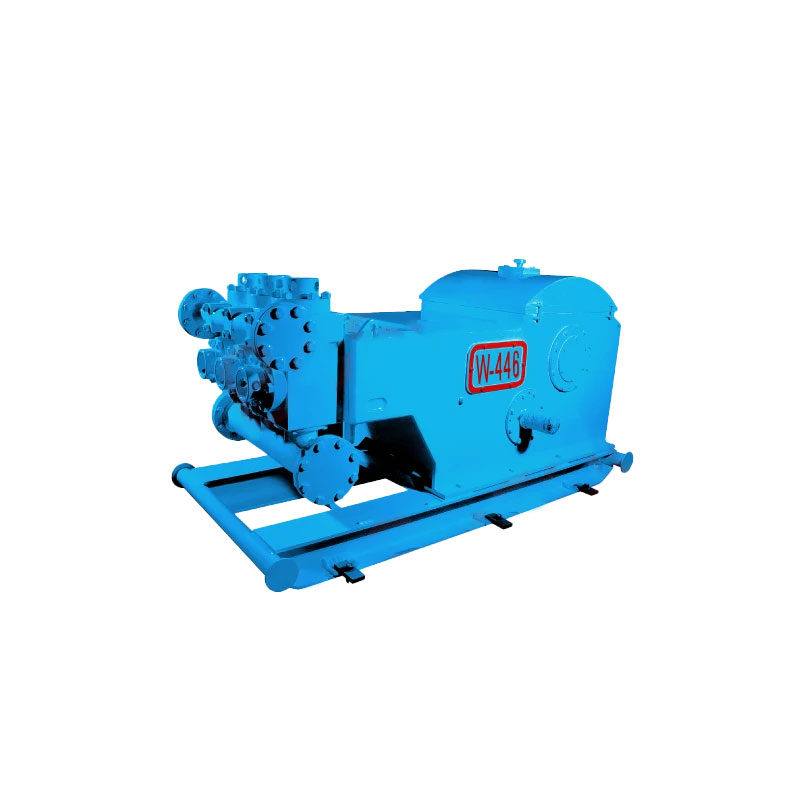In the oil and gas drilling industry, mud pumps are essential equipment. They are not merely mechanical devices but critical components that ensure the smooth operation of drilling activities. The primary role of a mud pump is to circulate drilling fluid, or “mud,” down the wellbore. This fluid serves several vital functions, including cooling, lubrication, cleaning, and stabilizing the wellbore. In this article, we will explore the main uses of mud pumps, helping you understand their crucial role in drilling operations, and offer guidance on selecting the right mud pump for your drilling projects.
1. Basic Function of Mud Pumps: Driving the Circulation of Drilling Fluid
The fundamental function of a mud pump is to transfer drilling fluid from the mud tank to the wellbore. Drilling fluid plays multiple essential roles during the drilling process. First, it helps cool the drill bit, preventing overheating and potential damage. Second, it carries cuttings from the drill bit back to the surface, ensuring that the wellbore remains clear. Finally, drilling fluid also helps balance well pressure, reducing the risk of blowouts and other dangerous incidents.

2. Key Roles of Mud Pumps in Drilling Operations:
- Cooling and Lubricating: During drilling, the drill bit generates significant heat. Mud pumps circulate fluid to cool the bit and provide lubrication, reducing wear and tear.
- Cleaning the Wellbore and Carrying Cuttings: As the drill bit cuts through rock, mud pumps help transport the debris (cuttings) to the surface, preventing buildup in the wellbore and ensuring smooth drilling.
- Controlling Wellbore Pressure: Mud pumps play a crucial role in regulating the pressure within the well. By circulating drilling fluid, they help prevent dangerous blowouts and ensure the integrity of the well.
- Preventing Wellbore Collapse: Drilling fluid helps stabilize the walls of the well, preventing the risk of collapse caused by high-pressure water or other factors.
3. Types of Mud Pumps and How to Choose the Right One
Depending on the working environment and specific drilling needs, various types of mud pumps are available. Common types include piston pumps, plunger pumps, and screw pumps, each with its unique features and capabilities. When selecting a mud pump, it’s important to consider factors like the depth of the well, the type of drilling fluid, and the overall project requirements.
4. Why the Right Mud Pump Matters for Your Drilling Projects
Choosing the appropriate mud pump can make a significant difference in the efficiency and safety of your drilling operation. A reliable, high-quality pump can ensure that the drilling fluid is circulated properly, preventing equipment failures and reducing operational downtime. Additionally, investing in the right mud pump can help optimize your drilling process, improve overall performance, and reduce long-term maintenance costs.
5. How Our Mud Pumps Can Benefit Your Drilling Operations
At [Your Company Name], we specialize in providing high-quality, durable mud pumps designed for various drilling applications. Our pumps are engineered to withstand the most challenging drilling conditions, ensuring optimal performance and reliability. Whether you’re drilling for oil, gas, or minerals, our mud pumps will support your project’s success.